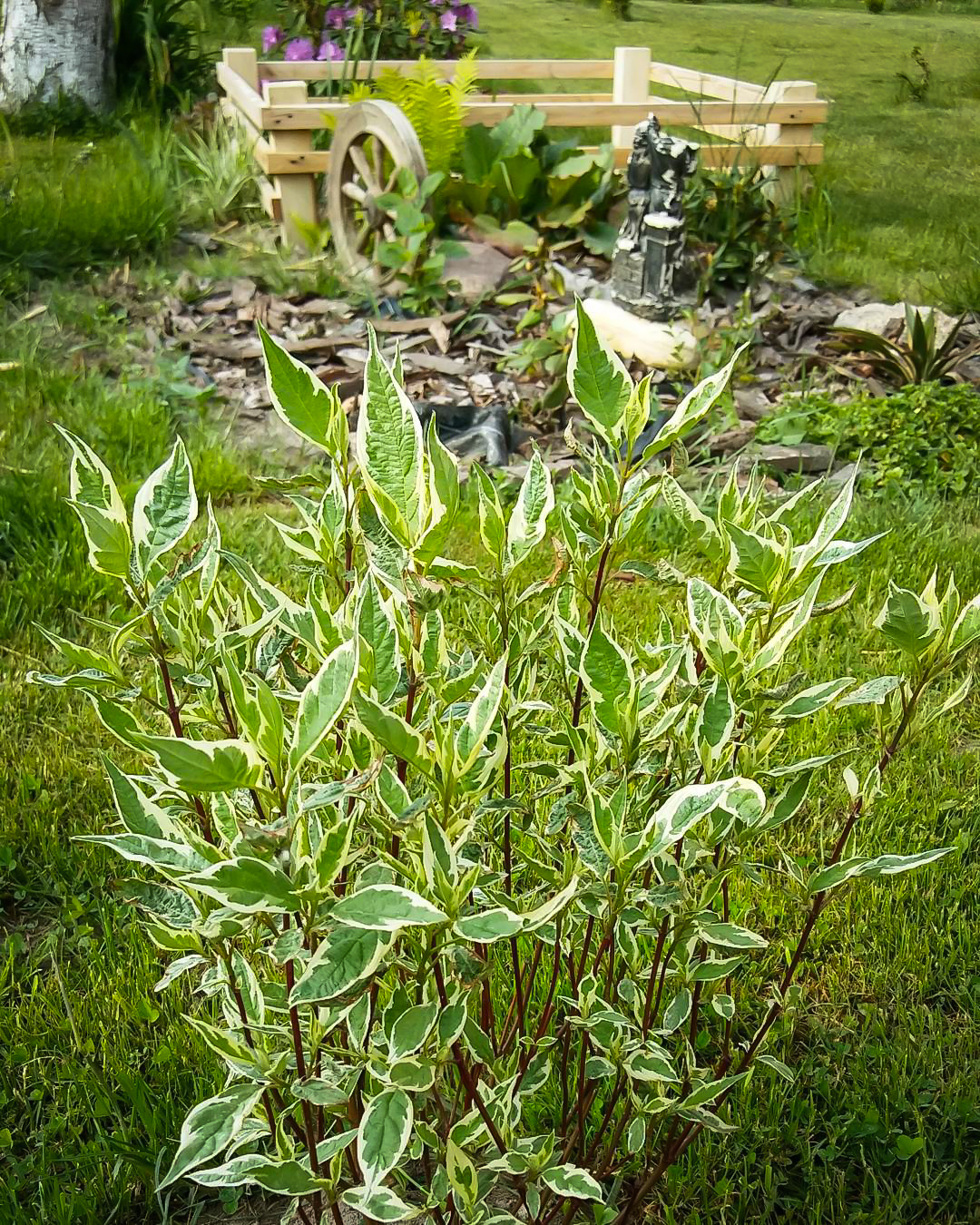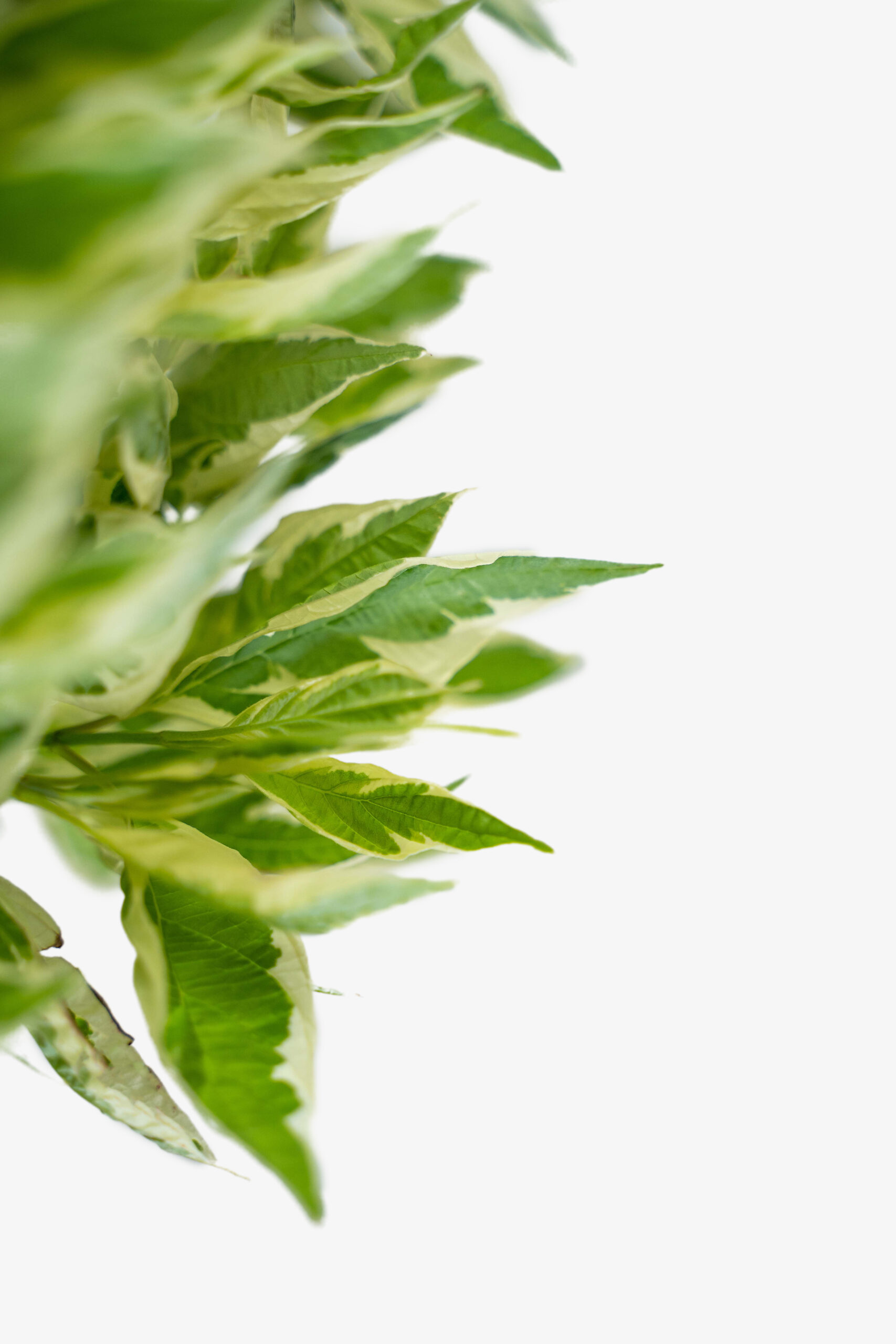

Department of Agriculture (USDA) civil rights regulations and policies, this institution is prohibited from discriminating on the basis of race, color, national origin, sex, age, disability, and reprisal or retaliation for prior civil rights activity. If you experience harassment, you can report to the University of Minnesota at /report-misconduct. For an interesting bicolor winter stem display, combine with yellowtwig dogwoods (e.g., Cornus sericea ‘Flaviramea’). Naturalistic plantings in moist soils where plants are allowed to spread and form thickets. Scale, leaf miner and borers are occasional insect pests. Susceptible to leaf spot, twig and leaf blights and canker. sericea/stolonifera), but generally does not spread as aggressively. Tatarian dogwood is very similar to redtwig dogwood (C. Fall color is variable, but foliage may turn attractive shades of purple-red. Fruit is quite attractive to birds and is generally considered to have as much if not more ornamental interest than the flowers. Flowers give way to clusters of blue-white drupes in summer. Tiny, yellowish-white flowers appear in flat-topped clusters (to 2.5″ diameter) in late spring, with sparse, intermittent, additional flowering sometimes continuing into summer.

The outstanding ornamental features of this cultivar are: (1) bright red winter stems which are particularly showy against a snowy backdrop and (2) ovate to elliptic, medium/dark green leaves (to 4.5″ long) which are edged with white. It is a rapid-growing, multi-stemmed, suckering, deciduous shrub that grows to a maximum size of 4-6′ tall on erect, usually unbranched stems.

IVORY HALO is a tatarian dogwood cultivar that is noted for its compact size, variegated (white-edged) leaves and bright red twigs in winter. Plants become stressed and more vulnerable to diseases such as canker in hot summer climates south of USDA Zone 7. Any loss of flowers through spring pruning is not terribly significant since the small flowers of this dogwood are rather ordinary. As an alternative to annual pruning, some gardeners prune all stems close to the ground in early spring every 2-3 years to renew. Although pruning is not required, many gardeners choose to remove 20-25% of the oldest stems in early spring of each year to stimulate growth of new stems which will display the best red color. Best red stem color occurs on young stems. Trim roots with a spade and promptly remove root suckers if colonial spread is undesired. Prefers consistently moist, well-drained soils.
#Ivory halo red twig dogwood full#
Use our quick links to find the right one for your plot.Scientific Name : Cornus alba ‘Bailhalo’ IVORY HALOīest grown in organically rich, medium moisture, well-drained soils in full sun to part shade. Most types of red twig dogwood are mainly sold growing in containers, either in garden centers, nurseries, or in the garden departments of big box stores although the widest range is available by mail order. Where to buy different types of red twig dogwood The stems are vivid red and look well with the foliage which is usually yellow, but is sometimes green with a jagged yellow edge. Stems grow to 4ft (1.2m) when pruned annually. More vigorous than many coloured-leaf varieties, so it's ideal if you need a striking specimen shrub for small gardens.


 0 kommentar(er)
0 kommentar(er)
